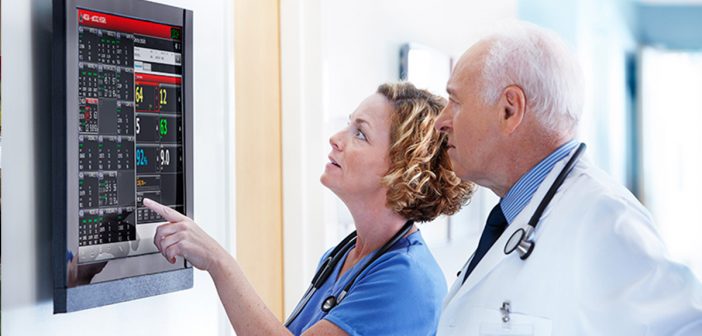George wanders away from the memory care unit. Gina has issues with Medicare because the doctor put her on observation status in the hospital. Gabriel makes a pass at the CNA giving him a sponge bath. It never fails–a facility “has a moment” at the moment surveyors come. But the best handle it with class, grace, and a sense of humor.
As an outsider, survey is somewhat of a spectacle. I consult with and provide services for hundreds of facilities who, at a moment’s notice, drop everything to be on site and present as surveyors inspect every detail and function of the skilled nursing facility. Staff who achieve the coveted “Zero deficiency” survey are praised … and sometimes given a well-deserved bonus. On many occasions, I’ve talked with the administrators of these facilities on what they have done to achieve the holy grail of SNF The key to a successful audit rests on being proactive in record keeping, being cautious—or prudent—in recording objective vital signs from observing a patient rather than disclosing personal judgment, and knowing and following proper procedures can improve your chances of completing a positive audit.
Be Proactive
As a medical team, it is evident that a typical shift is riddled with distractions and interruptions. Yet taking the time to proactively maintain proper records as patient care occurs can make all of the difference when facing an audit.
“As a medical professional,” wrote Gapmedics contributor Veronica Reina, “it is your responsibility to not only provide care to patients, but also to keep thorough, methodical records of their symptoms, diagnoses, and treatments. Without this follow-through, any physician who subsequently treats your patients will not be able to provide the best care possible, and you’ll find yourself ethically compromised.”
Despite the pressures of your job, make documentation a top priority. Take the time to recheck medication orders, a change in vital signs, patient transfers, or any changes in doctor’s orders,
among other things. Updating records at the time changes occur can save hours of backtracking should an audit require additional documentation.
Practice Prudence
The main purpose of a patient’s medical file is to track vital signs, progress, medical history, procedures, etc. All of this information contributes to the effectiveness of a patient’s care. In her article for nursetogether.com, contributor Katie Morales cautions nurses and medical staff to abstain from recording unbased personal judgment. Morales used this example regarding patients who frequently (sometimes too frequent) seek medical care. “The nurse applied oxygen on one patient complaining of an impending sense of doom and documented, ‘Patient recovered from her previous little episode.’ It was the last entry before the patient died.”
By avoiding personal judgment and assumptions and replacing general statements with specific details about care, you can deter any risks that could call into question the quality of a patient’s care.
Know Procedures
An audit certainly creates stress, but the information uncovered in a medical audit can lead to improved efficiency in the delivery of patient care. Often mistakes are made simply because a member of the medical staff was unaware of the time frame required for some procedures.
For example, Morales wrote that critical values should be reported to a nurse within 15 minutes of lab verification, and the nurse must report that information to a physician within 30 minutes. Discovering lapses such as these in procedural steps provides ideal training opportunities for medical staff to improve the care given to patients.
Facing a Medicare or private payor audit doesn’t have to create bumps in the road of a fast-moving medical care environment. By training your staff to be proactive in documenting patient care, limiting information to items directly relating to the patient’s condition, and training staff on proper procedures, the next audit can be a walk in the park amid an environment that constantly seems on the run.




